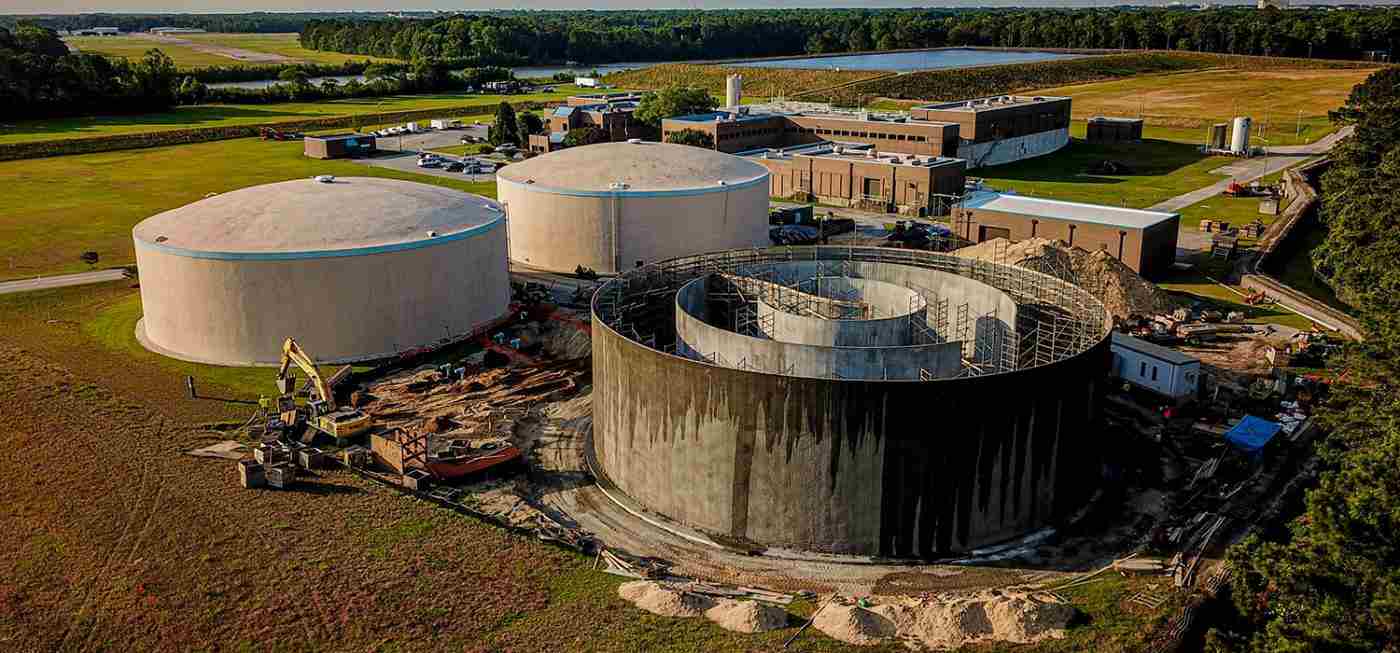Construction of Effluent Treatment Plants(ETP)
As preliminarily seen over, sewage treatment plants give first treatment for domestic or external purposes. Effluent treatment plants, on the other hand, are quite the contrary as they treat industrial effluent, that is, the wastewater that occurs as a result of the flow of derivations from industries.
How ETP’s work?
Like STP’s, indeed ETP’s involve a process of primary, primary, secondary and tertiary treatment.
beginning treatment: Then the emphasis is given to physical ways similar as webbing, sedimentation, filtration, explanation etc. The ideal of this is to remove as important solid physical matters as possible before transferring the effluent for farther treatment.
Primary treatment: This phase involves the junking of solid waste and organic matter. Then chemicals are added to break down any solid and chemical waste. This is done by chemical coagulation, chemical rush or the extension of sodium carbonate or hydrochloric acid in order to control the pH situations.
Secondary treatment: Then the suspended patches and any biodegradable matter are removed with the help of numerous chemical operations as well as natural processes.
Tertiary treatment: The tertiary treatment uses a admixture of all three- physical, chemical and natural processes to remove any last traces of solids or pollutants from the industrial effluent.
Applications
ETP’s are used in sectors that have high and expansive chemical impurity in the wastewater, similar as manufacturing in medicinals and chemical industries similar as cloth and color manufacturing.





Reviews
There are no reviews yet.